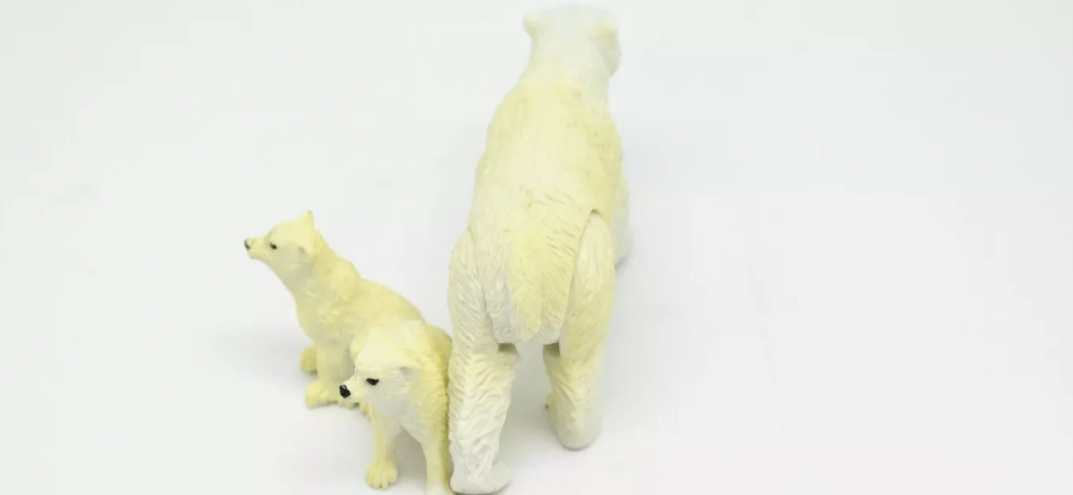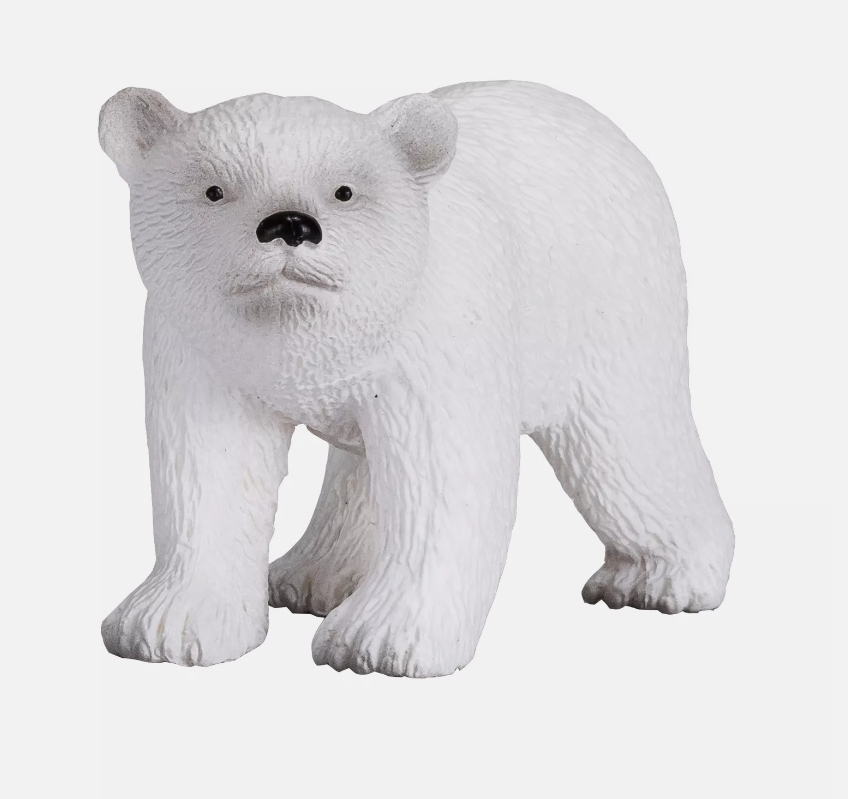Polar bear model is an important scientific tool, widely used in ecology and environmental science. By modeling polar bear behavior, survival strategies, and adaptation mechanisms in specific environments, researchers can better understand the species' response to climate change and ecosystem changes.
First, polar bear models play an important role in the study of predation behavior. The model can reflect the predation efficiency of polar bears under different prey density and food resource changes. This helps scientists predict how polar bears will fare as their prey population declines due to climate change. In addition, the model can simulate how polar bears find new hunting grounds through migration,a process that is crucial to their survival.
Second,polar bear models can also be used to analyze the impact of habitat changes on their population structure. Polar bears face a loss of habitat due to the melting of ice caps due to climate change. By simulating these changes,researchers can assess the population dynamics and genetic diversity of polar bears under different scenarios,thereby providing a scientific basis for the development of conservation measures.
In addition, the model can be used to analyze the impact of climate change on polar bear reproduction and cub survival. Favorable living conditions generally have a positive effect on reproductive success, while environmental changes may result in poor nutrition or reduced survival chances for the pups. Quantifying these factors can help conservation organizations formulate more effective conservation policies.
Driven by technological innovation,today's polar bear models are becoming more complex,encompassing more variables and ecological factors. By combining remote sensing techniques with field data,researchers are able to build more refined models,thereby improving the accuracy of predictions. This will not only help understand the polar bear's ecological behavior.




